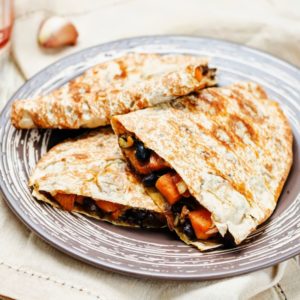
There are many steps you can take to support your child’s school lunch program!
Families across the country are often made up of two working parents whose children frequently depend upon lunch prepared at school to meet at least one-third of their daily nutritional needs. How do we ensure that our children receive the healthy lunch they deserve? By making changes to the school food environment that enhance the health and wellness of our children.
As educators and parents, we need to:
Get involved in school lunch!
- Don’t miss the opportunity to inform yourself and contribute to your school’s wellness initiatives. Action for Healthy Kids, a partnership of both public and private organizations dedicated to promoting health and learning for all kids, has a toolkit that will assist you in becoming better informed and more involved.
Go local!
- Serve foods to students that are appealing to them, fresh and of course healthy. Start by buying locally grown food. You might need to start small with just a few food items coming from local sources. Your state educational website will usually have tips and guidance to get you started.
“Monkey see, monkey do!”
- Promote and encourage staff wellness programs. Some of our children’s most important role models are their teachers. We want our teachers to promote a healthy lifestyle in the classroom by teaching and by example.
Eat smart; be smart!
- Educators need to help students make a connection between what they eat in the school cafeteria and what they learn in the classroom. Why not:
Invite a local farmer to speak in the classroom or visit a nearby family farm.
- Grow a “learning garden” at school. Start a garden on the school’s grounds and have students and educators work together to plant vegetables that can be used for school lunches!
Additional helpful resources
- See our Read to Your Children section for books that foster an interest in gardening with children and our Super Crew books.
- https://www.urbanharvest.org/advice/index.html
- Have students create a sample lunch menu for the school cafeteria using at least 2 locally grown foods or foods from their very own “learning garden” – then have them eat those for lunch!
- Play! And play some more! Being inactive not only affects our children’s health, but it also affects their academic performance. Research shows that children who are physically active tend to perform better at school. Read more with Homework: Play Every Day.












